As people grow older, their attachment to familiar things deepens in ways that are often hard to explain. Objects once considered ordinary begin to represent security, identity, and memory. Hoarding, for many, is not about clutter but comfort, an emotional habit built around the desire to preserve a lifetime of experiences. From sentimental mementos to practical supplies, older adults often find themselves surrounded by things that tell their story. Here are eleven of the most common items people start holding on to with age.
1. Old Photographs and Albums

Photographs are powerful reminders of lives once lived in motion. As years pass, older adults accumulate boxes of prints, negatives, and framed snapshots that capture generations of memories. Each picture holds a story: a first home, a family trip, a child’s birthday. Unlike digital folders that can vanish with a click, printed photographs feel solid, eternal. The smell of old paper and the warmth of faded color help people relive moments when everything felt simpler, making each image far too precious to discard.
2. Sentimental Cards and Letters
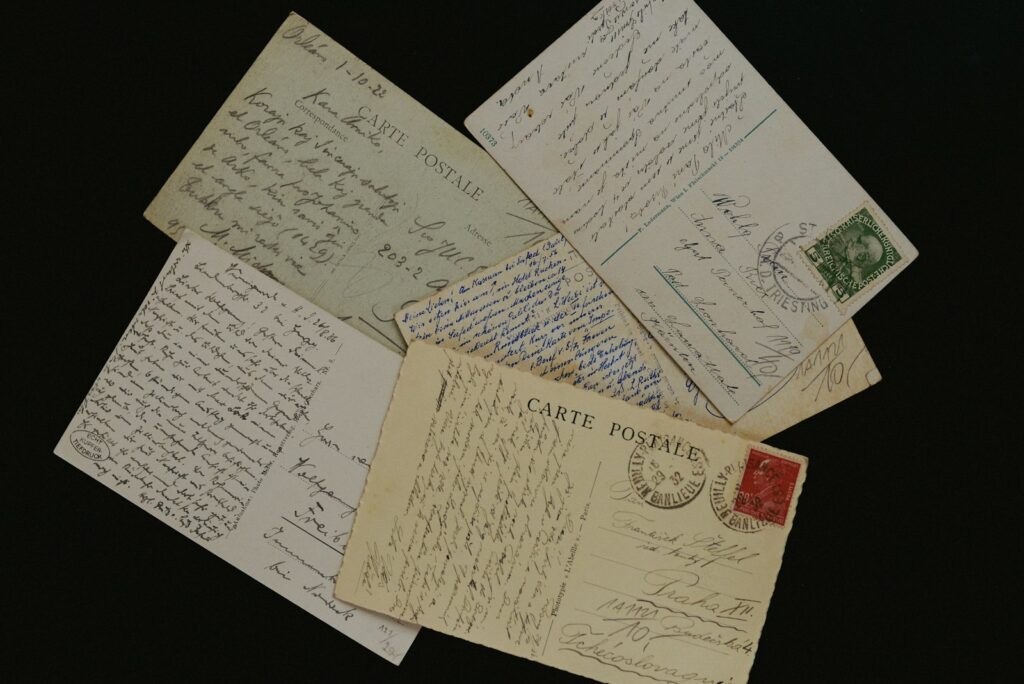
Handwritten notes and greeting cards evoke a personal touch that no digital message can replicate. Many older adults keep bundles of letters tied with a string, carefully saved across decades. Within those envelopes lie heartfelt words from spouses, friends, and family, some living, some gone. Reading them again feels like hearing familiar voices return. Each crease and smudge in the ink tells a story of connection and care. To throw them away would feel like losing the emotional proof that they were deeply loved and remembered.
3. Clothes That No Longer Fit

Wardrobes often become quiet museums of memory. Older adults hold onto clothing that represents milestones and cherished times formal suits, wedding dresses, or a favorite vacation outfit. Even if those clothes no longer fit, each piece holds an emotion that outweighs practicality. They recall youth, pride, or achievements that shaped identity. Letting go of them feels like erasing part of who they were. So the closet remains a living scrapbook, filled with fabric reminders of the people they once were and the lives they lived.
4. Kitchenware and Dishes
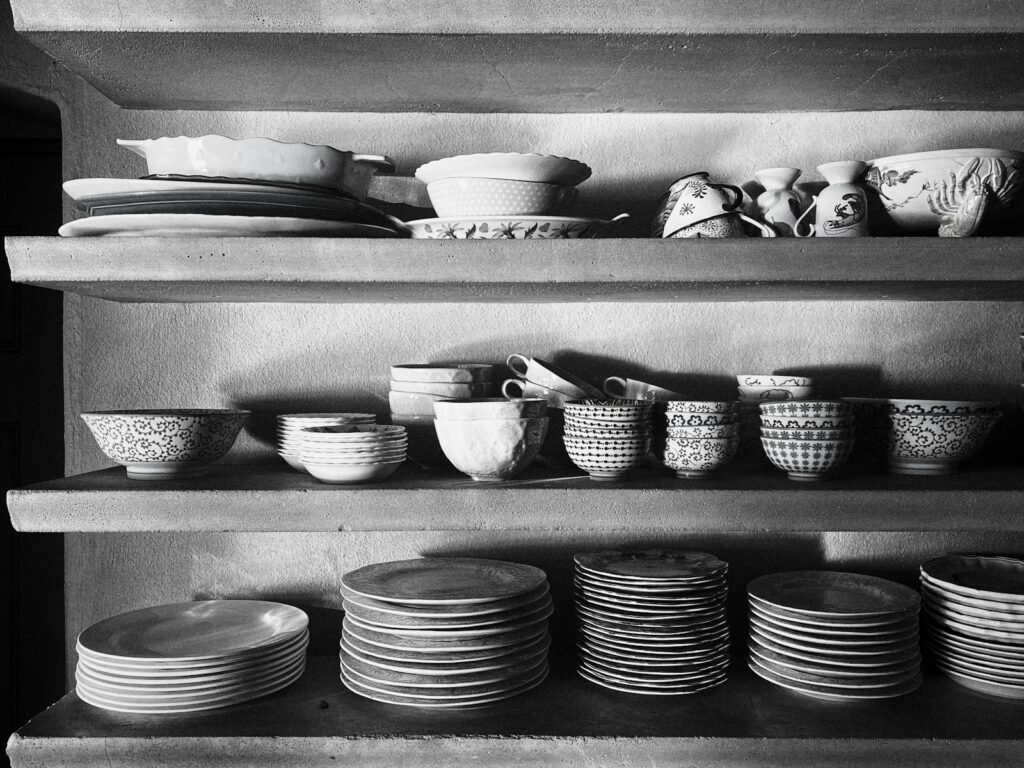
Old pots, mixing bowls, and chipped china sets often linger long after they’re used. Some belonged to parents or were once centerpieces during family gatherings. Others simply hold comfort in their familiarity. For many, kitchen items represent not just function but family history, the meals shared, laughter exchanged, and celebrations hosted around them. Even as cupboards overflow, these objects stay because they carry stories of nourishment and love. Replacing them feels like replacing a piece of the home itself, something too sentimental to do.
5. Expired Medications and Toiletries

Bathroom cabinets often turn into time capsules of half-used creams, forgotten pills, and expired vitamins. Many older adults keep them out of practicality or caution, believing they might come in handy again someday. But more than that, these items reflect years of self-care routines and daily rituals. The scent of a familiar lotion or the shape of an old perfume bottle can trigger memories of youth and wellness. Clearing them out feels strangely final, so they remain quiet symbols of a life still ongoing.
6. Newspapers and Magazines

Stacks of old newspapers and glossy magazines accumulate over time, saved for an article, a recipe, or a memorable headline that once caught attention. What starts as casual collecting often turns into piles representing decades of culture and change. For many, they’re reminders of an era when news was tangible, something you could hold, fold, and reread. Each issue marks a piece of the world they lived through, transforming these stacks into paper monuments to the passage of time and experience.
7. Craft Supplies and Tools
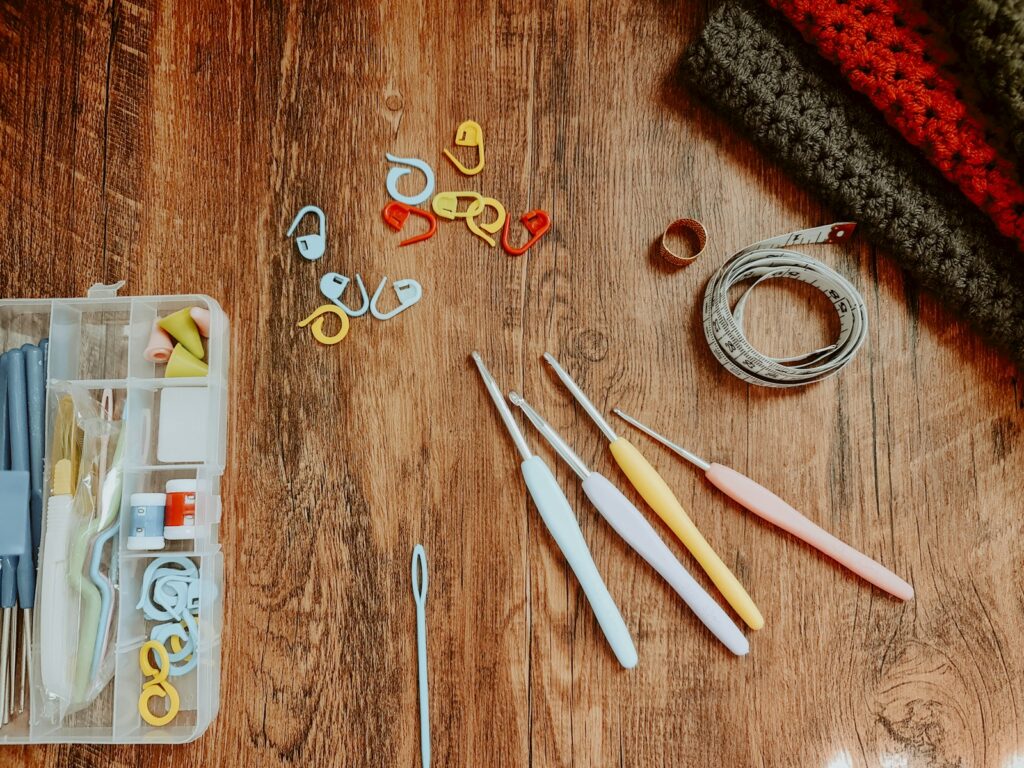
Boxes of yarn, paintbrushes, nails, and fabric scraps often fill corners of older adults’ homes. These supplies once supported hobbies and projects that defined creativity and purpose. Even when eyesight dims or dexterity wanes, the idea of creating “one day again” keeps these items close. Throwing them away would mean admitting a chapter has closed. Instead, they remain as quiet reminders of skill, patience, and imagination, proof that the spark to build, repair, or create something beautiful still lives within.
8. Receipts, Bills, and Old Paperwork
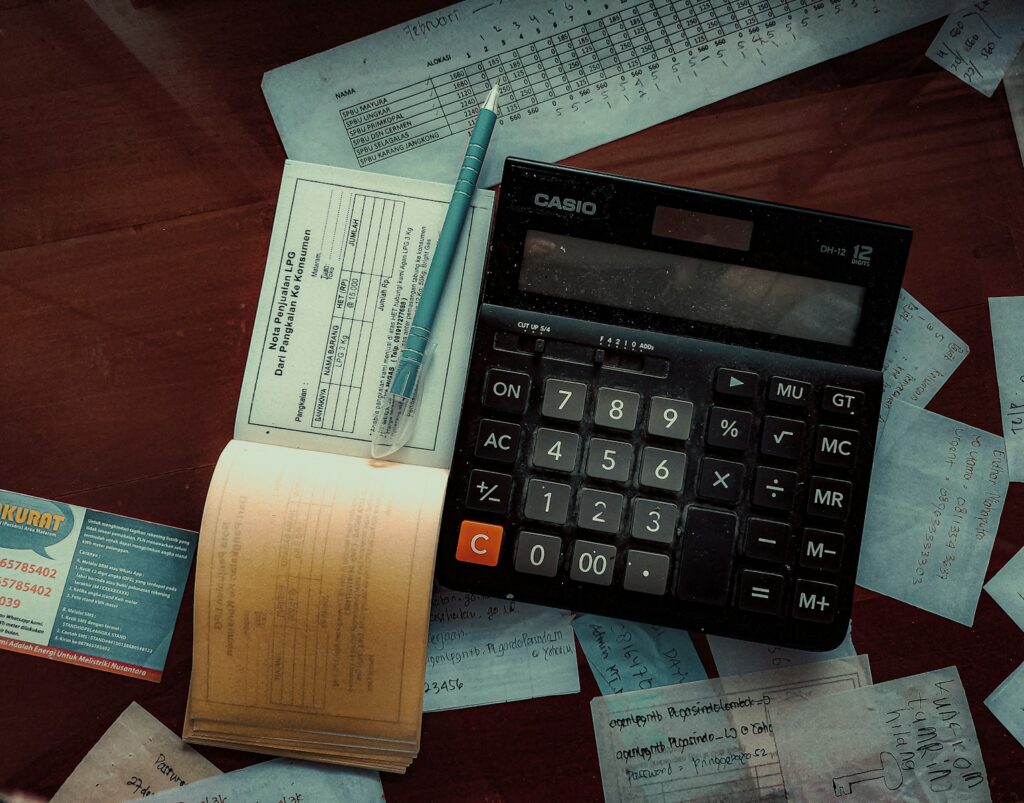
Many older adults hold on to years’ worth of receipts, tax papers, and utility bills, fearing they might one day be needed again. Filing cabinets and drawers overflow with yellowed paper, neatly stacked in folders. This habit often comes from an era where documentation was crucial and digital records didn’t exist. Even when no longer relevant, these papers symbolize control, proof, and responsibility, comforting reminders that every decision and purchase, no matter how small, once mattered.
9. Furniture and Décor from the Past
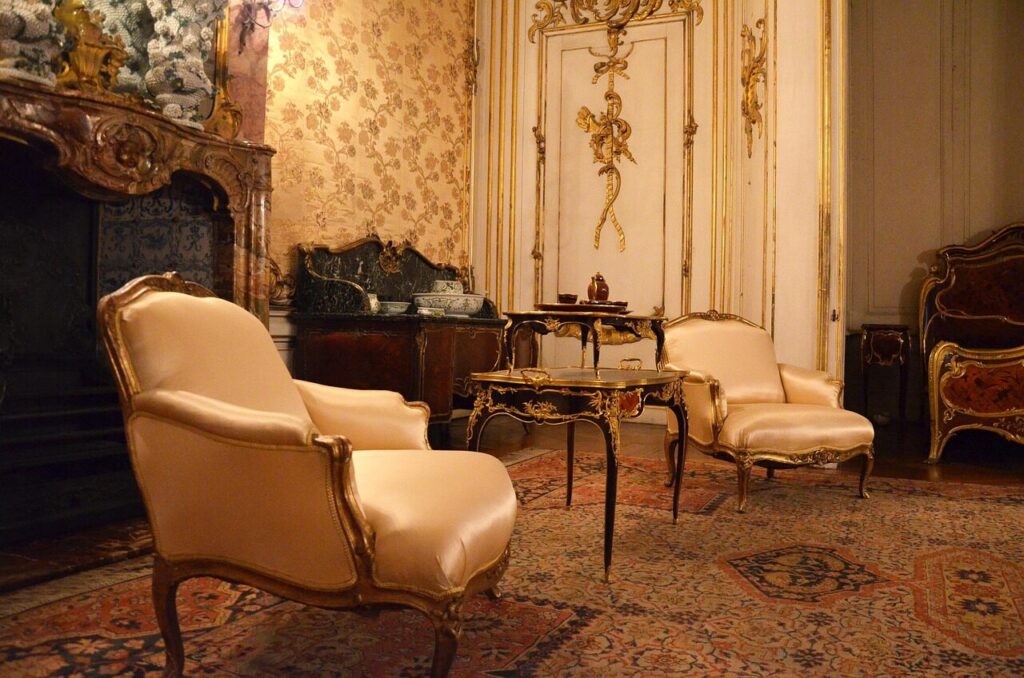
Old furniture pieces become emotional anchors. A creaky chair, a weathered table, or a familiar lamp may no longer match modern styles, but each object is steeped in history. They’ve witnessed family gatherings, holidays, and quiet evenings spent together. Older adults often resist replacing them because these items carry the warmth of countless shared moments. Their imperfections make them real symbols of endurance through years of change and a physical link to the homes and people that shaped their lives.
10. Containers, Bags, and Boxes
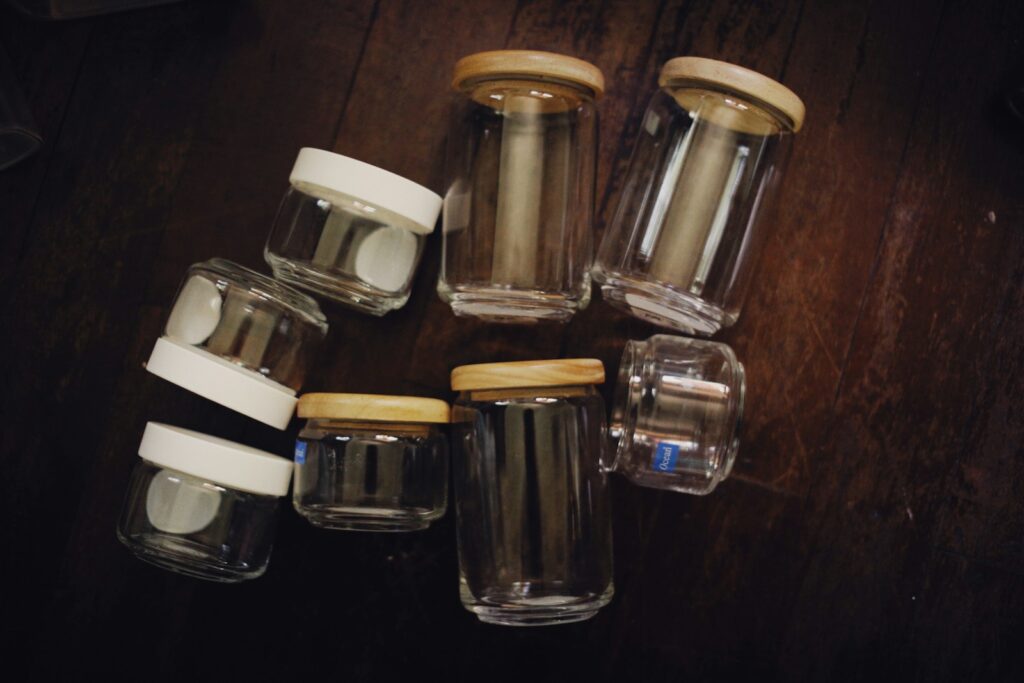
Older generations rarely throw away containers, jars, or empty boxes. Stemming from years of thrift and resourcefulness, every item feels potentially useful. A jar could hold screws; a box could organize photos. What might seem like clutter to others represents self-reliance and practicality to them. It’s a habit rooted in survival and care, an echo of times when waste was unthinkable. Each container serves as both a tool and a metaphor for preservation: keeping things, memories, and possibilities intact.
11. Holiday Decorations and Memorabilia
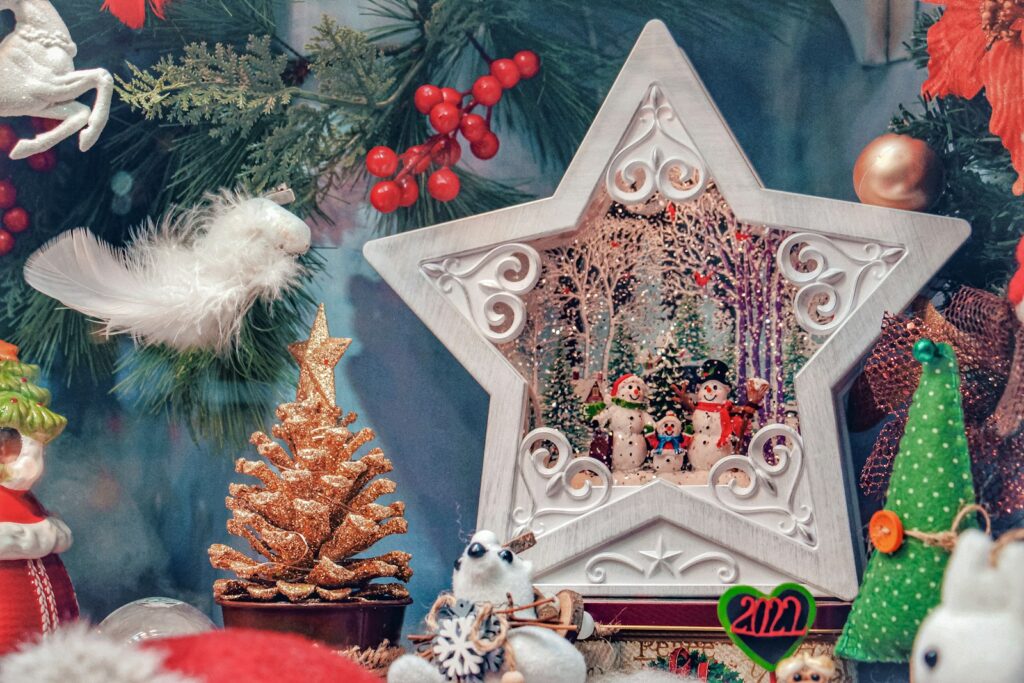
Seasonal decorations multiply over the decades, handmade ornaments, lights, figurines, and family keepsakes tucked away in attics and garages. Each carries the emotional weight of holidays past, of children opening gifts or family gathered around a glowing tree. Even when pieces break or fade, they’re rarely thrown out. For many, decorating each year means honoring those memories. These boxes of glitter and tradition aren’t just festive; they’re emotional time machines keeping family spirit alive through the years.
Comments